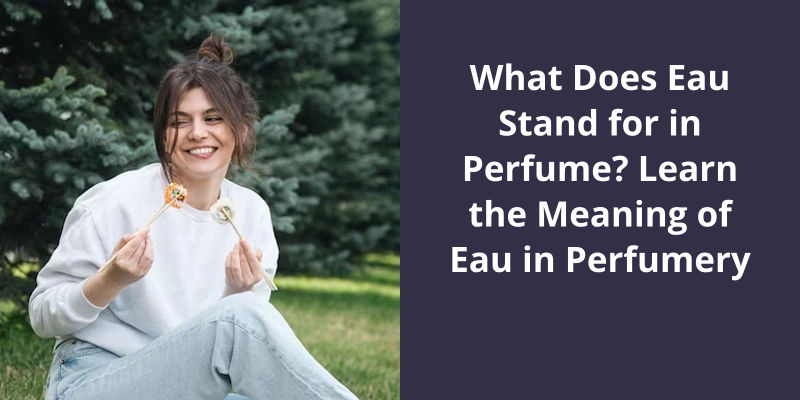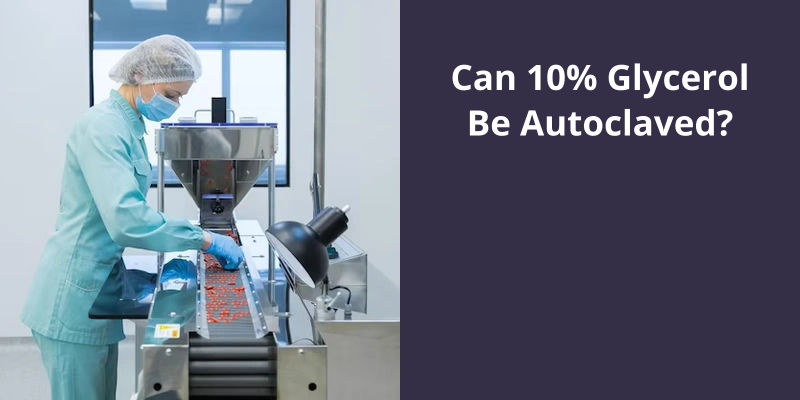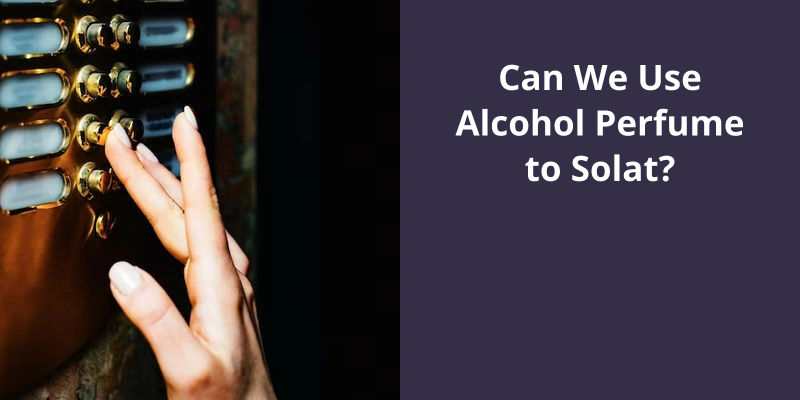Eau in perfume refers to water in French. It’s used in terms of dilution with varying concentrations of perfume oil in a fragrant product. Common variations include Eau de Parfum, Eau de Toilette, and Eau de Cologne, each having different perfume oil to water or alcohol ratios. Eau de Parfum typically has a higher concentration of perfume oil, often between 15%-20%, making the scent stronger and longer lasting. Eau de Toilette often contains 5%-15% perfume oil, and Eau de Cologne has the lightest concentration of perfume oil, usually below 5%. This results in a lighter scent that may not last as long. Therefore, the term ‘Eau’ is crucial in the perfume industry as it helps define the strength and longevity of the fragrance.

What Does Eau Mean in Perfume?
In the world of perfumery, the term “eau” holds a significant meaning. Eau de Parfum, for instance, is a term that translates to “perfume water,” hinting at it’s essence. This particular type of fragrance contains a higher concentration of fragranced oils compared to other variations, making it a sought-after choice among perfume enthusiasts.
To be classified as an Eau de Parfum, the fragrance should contain over 15% of essential oils. This higher concentration translates to a more potent and long-lasting scent, ensuring that you stay enveloped in the fragrance for an extended period. The increased purity of these oils also contributes to the luxurious quality of Eau de Parfum, which is often reflected in it’s higher price tag.
These variations differ in their concentration levels, with Eau de Toilette containing a lower percentage of fragranced oils compared to Eau de Parfum. These variations often offer a lighter and more refreshing fragrance experience, perfect for everyday wear or warmer climates.
It’s increased purity attracts a higher price tag, making it a preferred choice for those seeking a luxurious fragrance experience.
The Environmental Impact of Eau De Parfum Production and Use
- Eau de Parfum production and use
- Chemical pollution from perfume ingredients
- Water pollution from manufacturing processes
- Energy consumption during production
- Carbon emissions from transportation
- Waste generation from packaging
- Increase in greenhouse gas emissions
- Damage to aquatic ecosystems
- Loss of biodiversity
- Health risks to workers and consumers
- Animal testing for perfume ingredients
- Disposal of unused or expired perfumes
Today, many people wonder if they can use eau de toilette as perfume. Originally, eau de toilette served multiple purposes, including cleaning, disinfecting, and perfuming the body. However, in modern times, it’s primarily used as a form of fragrance. Eau de toilette offers a fresher, lighter scent compared to perfumes and is also less concentrated, making it a more affordable option for those seeking a pleasant aroma.
Can You Use Eau De Toilette as Perfume?
Can you use eau de toilette as perfume? This question can lead to some confusion, as the term “eau de toilette” does have a historical association with cleanliness and disinfection. In fact, it was first introduced as a product used to clean, disinfect, and invigorate the body. However, it was quickly discovered that this liquid could also serve as a means to perfume and mask unpleasant body odors.
It allows for a subtle and refreshing fragrance that can be worn daily without overwhelming those around you.
However, this can also be seen as an advantage for those who prefer to switch up their scents frequently or who enjoy the process of reapplying their fragrance throughout the day.
The Differences Between Eau De Toilette, Eau De Parfum, and Perfume.
Eau de toilette, eau de parfum, and perfume are terms commonly used to describe the concentration of fragrance in a perfume. Eau de toilette has a lower concentration of fragrance oils, usually around 5-15%. It tends to have a lighter and more refreshing scent, making it suitable for everyday wear. Eau de parfum contains a higher concentration of fragrance oils, typically ranging from 15-20%. It’s a longer-lasting scent and is often used for special occasions or evenings. Perfume, also known as parfum or extrait de parfum, has the highest concentration of fragrance oils, usually around 20-30% or even higher. It’s the most potent and long-lasting option, with just a few drops being enough to create a powerful scent that lingers throughout the day. Therefore, the term “eau” in perfume refers to the concentration of fragrance, with eau de toilette being the lightest, followed by eau de parfum, and perfume being the strongest.
Conclusion
The phrase itself translates to "water of the toilette," deriving from the French word for "water." While the term may have originated from it’s former use in personal grooming, it’s since evolved to encompass a range of fragrances with varying intensities and concentrations.





